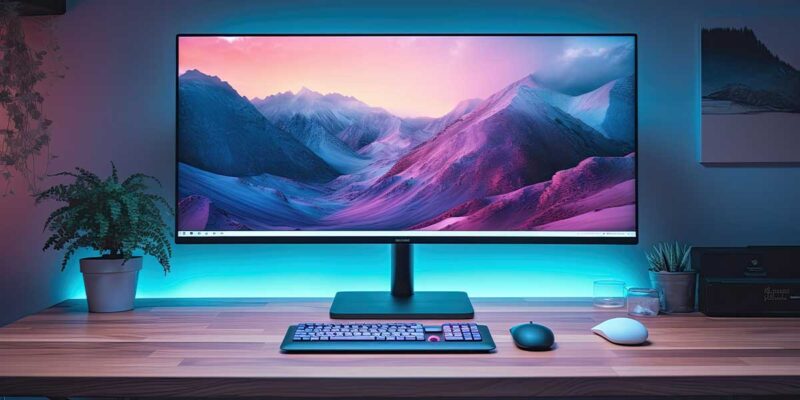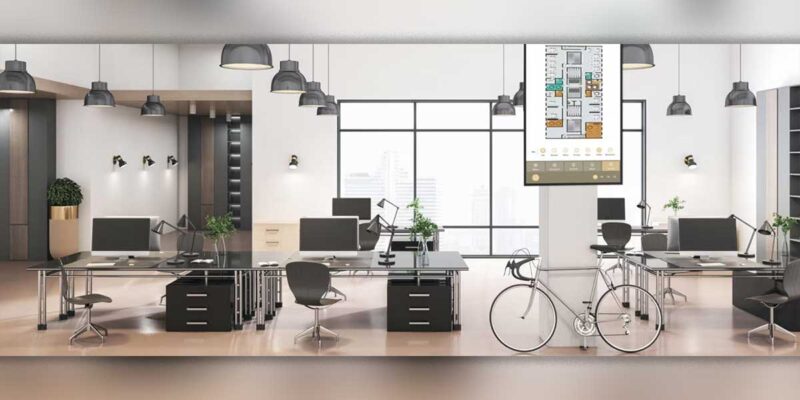Saving the Office Park
I’m sure you’ve all seen the LinkedIn or other social media post that looks like this:
“Uber, the world’s largest taxi company, owns no vehicles. Facebook, the world’s most popular media owner, creates no content. Alibaba, the most valuable retailer, has no inventory. And Airbnb, the world’s largest accommodation provider, owns no real estate.
Something interesting is happening.” –Tom Goodwin
We love the idea of disruption in the marketplace. We celebrate the victory of direct-to-consumer models, of Netflix over Blockbuster, of Amazon over Toys R Us, of Day-and-Date movie streaming over the theater industry, and we use them as cautionary tales with this unapologetic message: Evolve or Die.

When it comes to the office park, however, I’ve seen a MUCH different attitude.
“We need to get back to the office because … we have an existing investment in real estate or we have all of this furniture and equipment. Or, the latest version: We need to save the local restaurants and retailers that are adjacent to the empty office.”
The problem with all of these arguments is that they are based on investments made by companies that may or may not still be relevant today. I’m not saying no one needs an office or that there’s no reason to go back to the office park. In fact, I believe that there are several potential gaps in the fully remote work experience that can be bridged with the physical office. Yet, none of the arguments above confer an advantage or reward for the worker. They are arguments based on sunk costs that try to infer guilt on employees for not returning.
Even two-days-on-site, three-days-remote strategy is poorly thought out. Are employees doing the same type of work on-site as they are at home? If so, why come in at all? “Because I said so,” is definitely the wrong answer. If your strategy is “same space, fewer days” you’re going to lose in the long term.
So if we can’t guilt employees into coming back, if, in the long term, a split work week also fails to deliver a reason for the office, then what are companies to do? There is no single answer to that question. Every company has a unique culture, a workforce made up of diverse individuals, and unique challenges. However, the place to start is in gap analysis. What are the biggest challenges our company faces remotely? Could those challenges be addressed with physical space, tools, proximity to co-workers, etc? If so, what would that look like?
We have to stop thinking about how we support the systems we built over the last decade and start asking how we build the systems that address today’s reality and are flexible enough to meet tomorrow’s challenges.
In IT, they have technology refresh plans. These are typically in place because new operating systems, new software, new apps, etc. require hardware that can support the new tools. This usually happens every 3-5 years with the plan continually being evaluated. I would argue that going forward, we have to look at physical space in much the same way. The world is changing constantly, and the operating system of life is in flux. We have to continually reevaluate space and how it’s used if we want to assure that we are meeting today’s realities head-on and assuring our companies the best chance of success.
You wouldn’t try to run today’s computer programs on an Intel 386 machine, so why would we run today’s businesses on yesterday’s office strategy?
If we want to save the office park, we need more than platitudes and guilt trips. We need to create spaces that bridge gaps and empower us to do better work than we can remotely. If we can’t switch our mindsets to that end, we’re all in trouble.





